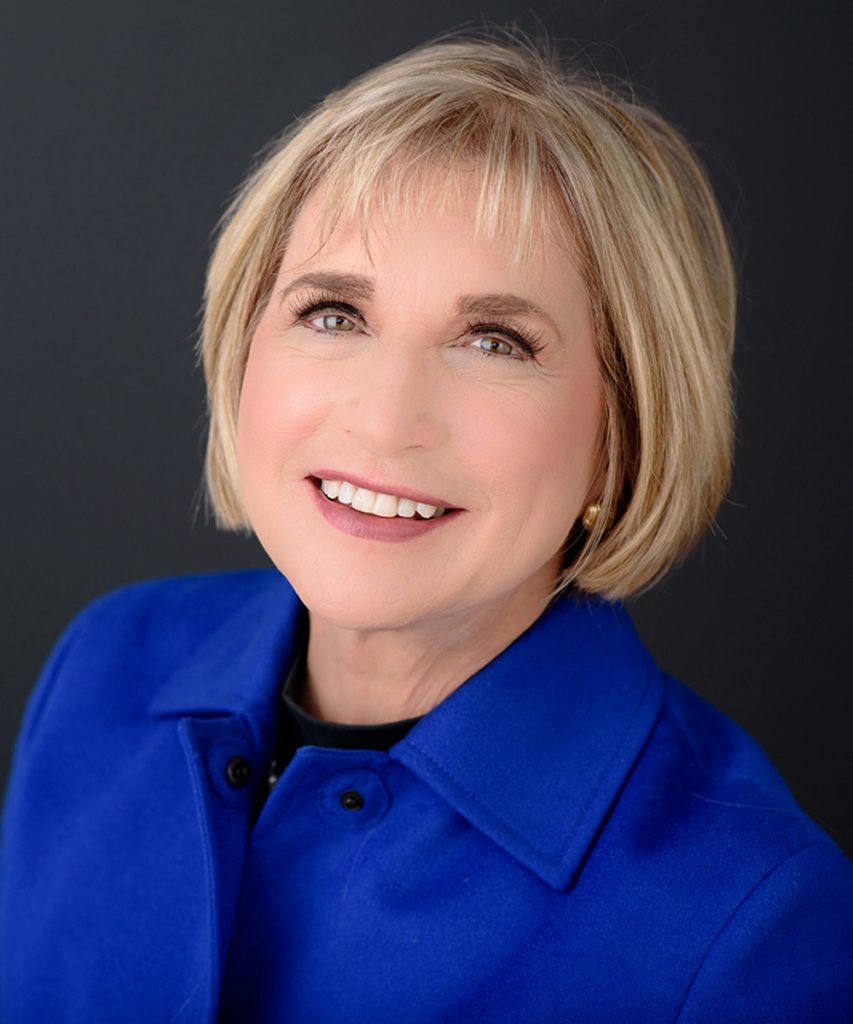Across the country, many reverse mortgage professionals believe that the ultimate path toward expanding the scope of the business runs through financial advisors, charged with presenting options and solutions to clients looking to improve their financial standing. While recent years have been filled with both forward momentum and occasional setbacks in reaching this goal, the work on forging these greater bonds continues.
One organization that is dedicated to the idea of expanding the scope of home equity lending in this way is the Academy for Home Equity in Financial Planning at the University of Illinois, Urbana-Champaign (UIUC). The Academy has expanded its ranks to encompass a broader academic perspective in an effort to help solidify its mission of expanding the scope of home equity and reverse mortgages to a broader base of financial professionals, which will help to open more lines of business.
Originally a co-founder of the Academy along with Torrey Larsen, Shelley Giordano has been an advocate for the greater incorporation of reverse mortgages into the broader retirement conversation through her work in both establishing and maintaining the Academy. She shares perspectives on this mission and how it is progressing in the newest episode of The RMD Podcast, available now.
Discovering a compelling message
Having been recruited into a reverse mortgage company on something of a whim, Giordano’s first reverse mortgage customer had a major impact on her perspective concerning the ability that the product concept has to provide a more stable retirement for those who use it. Then in the mid-2000s at a National Reverse Mortgage Lenders Association (NRMLA) event in San Francisco, Giordano came upon some literature authored by Dr. Barry Sacks which left an indelible impression on her.

“The topic [of the literature] was so compelling,” she says. “It was really just a simple approach: if you can avoid selling out of your retirement portfolio when it’s down in value, that’s just hugely protective of the portfolio which you’re trying to rely on over many years of retirement. [Sacks] had made the leap there that you needed a different asset, which we now call a ‘buffer asset,’ an ‘alternative asset’ or an ‘uncoordinated asset.’”
That can be the housing asset in the form of a reverse mortgage, she explains of the literature. She found the ideas expressed by Sacks particularly engaging because it was both eye-opening and efficient in getting across the ways in which a reverse mortgage can provide a practical solution to retirement funding.
“This concept of looking for a solution, or a way to avoid or mitigate having to sell your invested funds when they were down in value, and what that actually did over time, was just a huge eye-opener for me,” she says. “From the very beginning, I was always looking for a reason that stood by itself to have a reverse mortgage.”
The fact that Sacks’ ideas were not dependent on a borrower being needs-based was a really compelling component of what he had to say, not because reverse mortgages shouldn’t be available to help needs-based borrowers but because framing the product as an effective financial strategy seemed to be a more attractive argument.
“I was looking for a reason that it was smart to take out a reverse mortgage or at least know about a reverse mortgage,” she says. “Or, to know of a way that you could use a reverse mortgage that made sense in and of itself and was not a ‘rescue.’”
Genesis of the Academy
The message of Dr. Sacks as absorbed by Giordano would prove to be the foundational basis of the future Academy’s work, and proved to be the basis of her own teaching of reverse mortgage loan officers. When Torrey Larsen approached Giordano about getting a group together to further develop some of these ideas, Giordano assembled the larger group who realized that their resources could be pooled together in order to craft more effective messaging.
“I was able to track everybody down to call me back. And so our initial group — Dr. Sacks, John Salter, Rita Chang, and Dr. Sandra Timmerman, as well as one of the professors from the Boston College Retirement Resource Center — came together and we just had a conversation,” she says. “Everybody agreed that we needed to pool our efforts, and see what we could do about changing the media treatment, as well as outreach to financial advisors to start thinking about the house as part of retirement planning.”
The association with Salter led directly to the involvement of Dr. Wade Pfau in the organization, and Dr. Pfau led the group to Jamie Hopkins, who also ultimately became involved. Hopkins would also eventually lead to the inclusion of Dr. Craig Lemoine at UIUC, and the eventual formation of the current organization under that institution’s auspices.
Move to UIUC, accomplishments
After being housed at the American College as the Funding Longevity Task Force, the organization rebranded as the Academy for Home Equity in Financial Planning and moved under the purview of UIUC in mid-2019. Dr. Lemoine became the organization’s executive director, and the move to the institution has been a difference-maker in fulfilling the organization’s mission, Giordano says.
“It just adds greater credence to what we and our members are saying to be under the aegis of a university,” she says. “It’s the Academy for Home Equity in Financial Planning at the University of Illinois. That in and of itself, I think is probably the greatest change that we’ve had. And we’re also delighted to be able to share support of the Academy with our sister companies Longbridge [Financial] and Finance of America Reverse (FAR).”
The Academy has also helped to innovate practices that are now observed across the reverse mortgage industry, along with the creation of authoritative messaging from notable financial thought leaders, Giordano says.
“Without a doubt, the number one accomplishment is that we have megaphones in the embodiment of people like Wade Pfau, Jamie Hopkins, Barry Sacks and Craig Lemoine,” she says. “These are experts in the academic world of retirement income. They have done the research to really describe how the housing asset can improve retirement income security, [and how to] protect that portfolio because of [modern retirement’s] reliance on savings.”
Having those kinds of authorities involved allows for more sophisticated and nuanced conversations with clients, as well as with referral partners and financial advisors and helps serve to expand the reverse mortgage business as a result.
Lemoine and Giordano will both be presenting the results of an expansive study concerning financial planners and reverse mortgages at RMD’s upcoming HEQ event this September. If you haven’t already, register to see the presentation, and listen to episode 15 of The RMD Podcast for the full conversation with Shelley Giordano.



